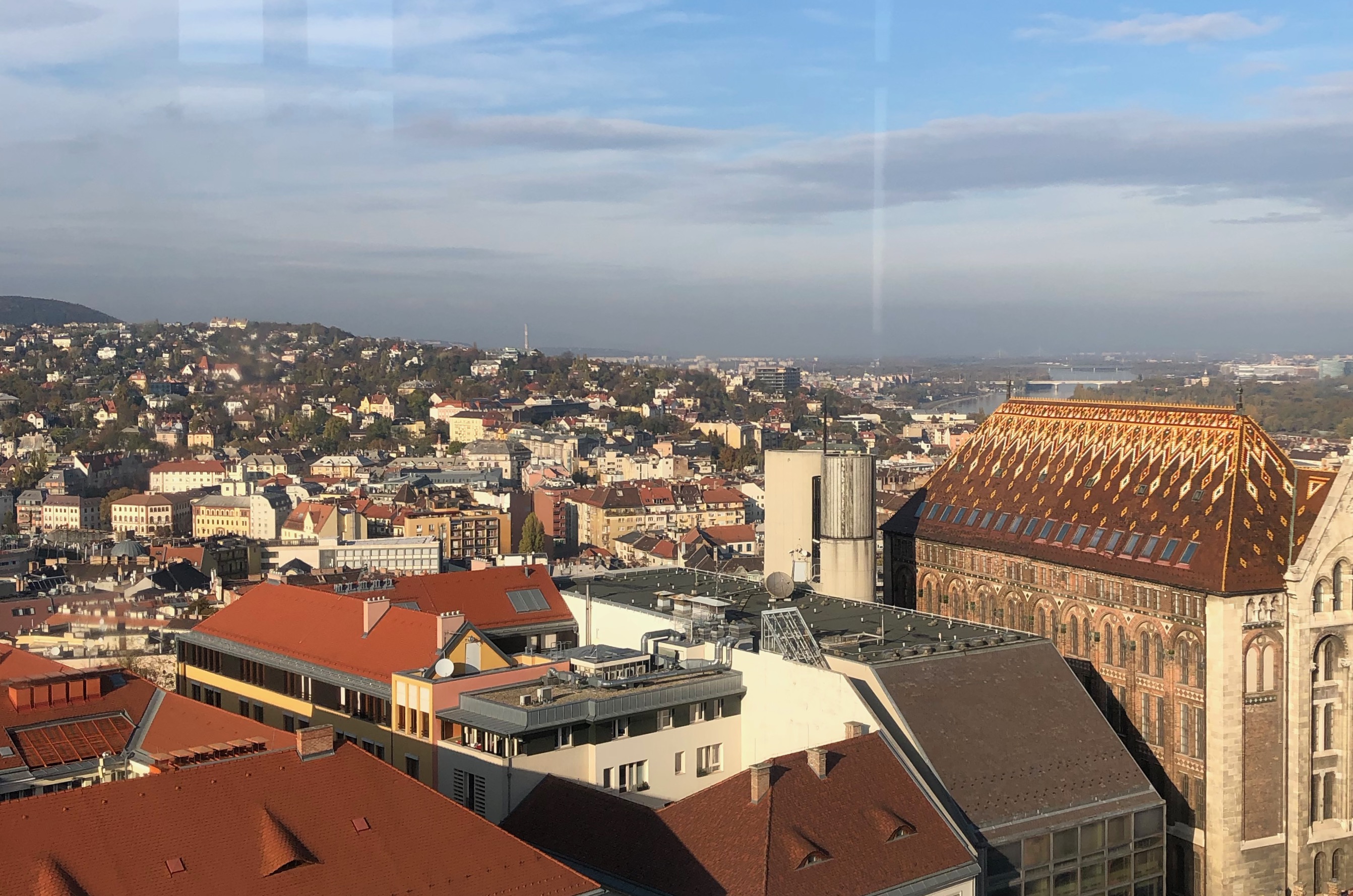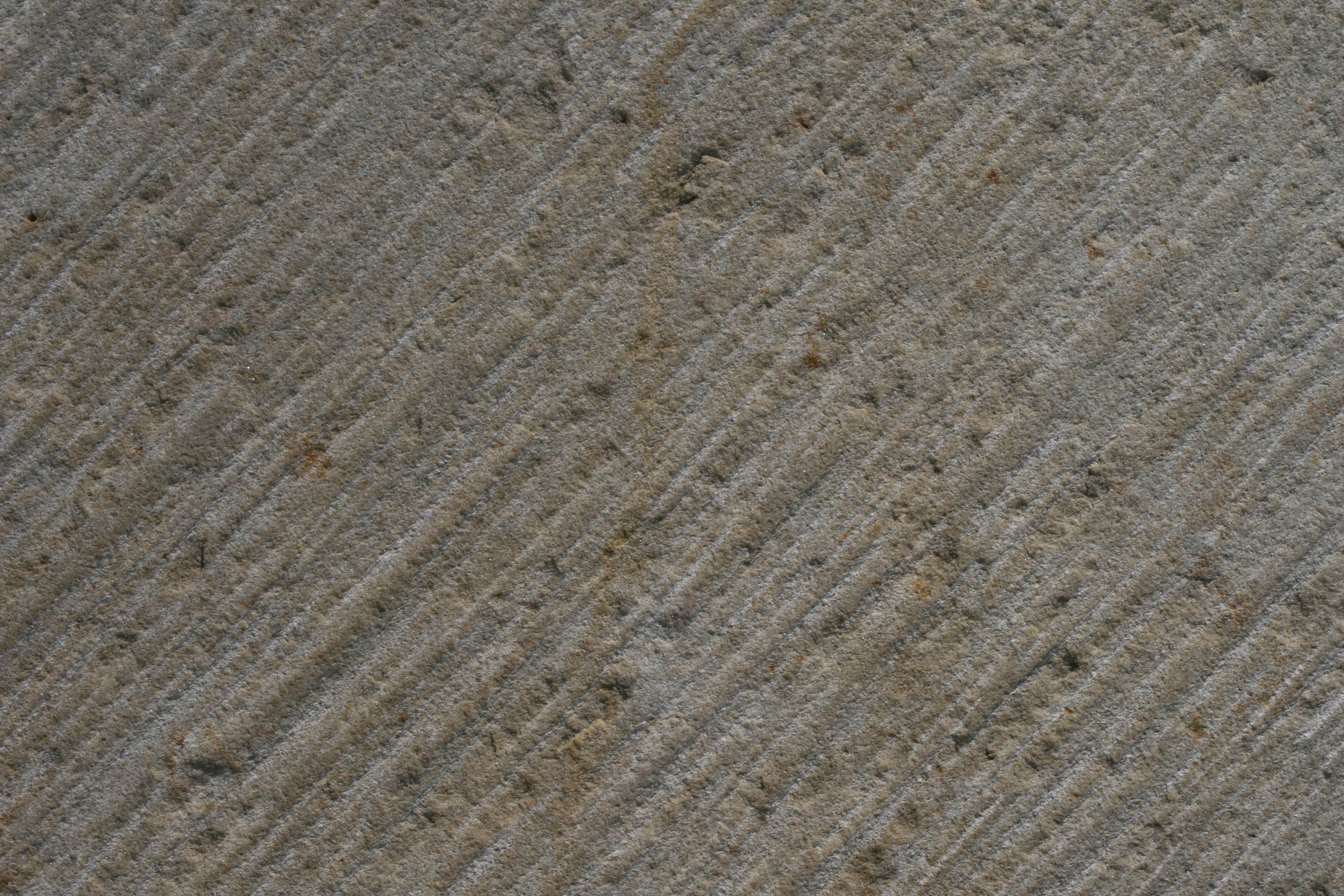|
Hárshegy
Hárshegy (English:Linden Hill, German: Lindenberg) is a part of Budapest's 2nd district. Its entire area is made up of (Great Linden Hill) and (Little Linden Hill), from which there are sweeping views of Budapest. The area is a popular place for recreation, and the of the Children's Railway is located in there. The name of the area " Linden Hill" alludes to the geologic history of the area. The Hárshegy Sandstone Formation is named after the region. Background During the Middle Ages, Bathory Cave, on the southeastern slope of Nagy-Hárs-hegy, was mined for iron ore. In the saddle between Hárshegy and János Hill is Szépjuhászné (Beautiful shepherdess), the site of the monastery where the Pauline Order founded their first priory. Bathory Cave was the hermitage of Pauline monk László Báthory, who left the monastic life at the nearby priory to live in the cave for 20 years. In 1847, Gábor Döbrentei proposed a new name for the Germanic "Lindenberg" given to the area. ... [...More Info...] [...Related Items...] OR: [Wikipedia] [Google] [Baidu] |
B-P's Footprint
B-P's footprint is a casting, usually in bronze or brass, of the right foot of Lord Baden-Powell, the founder of the Scout and Guide Movements, who is known as "B-P." The idea is that people may put their foot into this casting, so that they can say that they have "walked in the footsteps of B-P." History The 1928 Scouting World Conference was officially opened on May 4 in Parád. The next day, the delegates went on an excursion to Lake Balaton and other places returning to Budapest in the afternoon. That evening, Baden-Powell, his wife Olave and Lord Hampton arrived. On May 6, there was a rally at the playing field of Ferencvárosi TC attended by 9,647 out of the 25,000 Scouts then in Hungary and up to 20,000 of the public. On May 7 B-P came to the Hárshegy Training Park. B-P wrote, about the rally at Hárshegy: From this cast two bronze copies were made, one was for the Hárshegy Training Park and the other was a gift to Baden-Powell, which he passed to the British ... [...More Info...] [...Related Items...] OR: [Wikipedia] [Google] [Baidu] |
Bathory Cave
The Bathory Cave () is a cave located just below the top of (Great Linden Hill), on the northeast side of the mountain. It is located within the Danube-Ipoly National Park and the 2nd district of Budapest. The cave gets its name from Pauline monk, László Báthory who used the cave as a hermitage for twenty years. Background Geothermal springs carved the cave from Dachstein limestone probably during the Pliocene era. The upper portions of the cave extend into the Hárshegy sandstone. The cave consists of several cupola-like carved from the stone. There are horizontal passages connected by steep shafts. There are speleothem formations of various shapes and colors, and a small number of stalactites are found inside. There are formations of hematite and limonite inside the cave. Names of the cave halls and passages include the Great Stairs, Pyramid Branch, Tavas Hall, Hall of Loyalty, Hármas termi, Saint Laszlo Hall, Dome Hall, Triple Hall, Small-Staircase, Y-branch, Vorte ... [...More Info...] [...Related Items...] OR: [Wikipedia] [Google] [Baidu] |
Szépjuhászné
Szépjuhászné ( en, Beautiful shepherdess) ( ''from 1945 to 1992 Ságvári-liget '') is a small clearing in the 2nd district of Budapest, in the saddle between Hárshegy and János-hegy. Background It is accessible by the of the Budapest Children's Railway. It is the site of the Pauline Monastery where the Pauline Order founded their first friary. It is a starting point for hikers into the Buda Hills The Buda Hills ( Hungarian: ''Budai-hegység'') are a low mountain range of numerous hills which dot the Buda side of Budapest, capital of Hungary. The most famous ones located within city limits are Gellért Hill, Castle Hill, Rózsadomb, , J .... It is very easy to reach the . Visitors frequent the at the top of Nagy-Hárs-hegy and the on Kis-Hárs Hill. References External links * Hegyvidék Buda Hills {{Budapest-geo-stub ... [...More Info...] [...Related Items...] OR: [Wikipedia] [Google] [Baidu] |
2nd District Of Budapest
The 2nd district of Budapest is a district of Budapest, Hungary. It has an area of 36.34 km² and is situated to the south of the 3rd district and to the north of the 1st district and the 12th district. Notable places * Széll Kálmán tér, one of the city's biggest transport interchanges. * Mammut shopping centre * Central Statistical Office Library, one of the largest public libraries in Budapest * Millenáris Park * Church of Our Lady of Sarlós, a historic Roman Catholic church built in the 18th century Politics The current mayor of II. District of Budapest is Gergely Örsi (MSZP). The District Assembly, elected at the 2019 local government elections, is made up of 21 members (1 Mayor, 14 Individual constituencies MEPs and 6 Compensation List MEPs) divided into this political parties and alliances: List of mayors Twin towns ''2nd district of Budapest is twinned with:'' * Tököl, Hungary * Mosbach, Germany * Żoliborz of Warsaw, Poland * Grottaz ... [...More Info...] [...Related Items...] OR: [Wikipedia] [Google] [Baidu] |
Hárshegy Sandstone Formation
This is a list of types of sandstone that have been or are used economically as natural stone for building and other commercial or artistic purposes. Trans-regional (across state borders) *'' Cornbrash Sandstone'': North Rhine-Westphalia, Lower Saxony *'' Elbe Sandstone'': Germany (Saxony) and the Czech Republic *''Red Main Sandstone'': Hesse, Baden-Württemberg, Bavaria *'' Wealden Sandstone'': Lower Saxony, North Rhine-Westphalia Australia * ''Hawkesbury Sandstone'': Sydney Basin, Gosford Belgium * '' Balegem Sandstone'': Balegem in Oosterzele * '' Ledian Sandstone'': Lede * '' Gobertange Sandstone'': Gobertange in Jodoigne Canada * Nepean Sandstone: Ottawa, Ontario * Paskapoo Sandstone: Calgary, Alberta Czech Republic * ''Božanov Sandstone'': near Božanov * ''Niedergrund Sandstone'': near Dolní Žleb * Libná Sandstone: near Libná * ''Zdoňov Sandstone'': near Zdoňov * ''Mšené Sandstone''; near Mšené-lázně * ''Podhorní Sandstone'': near Podh ... [...More Info...] [...Related Items...] OR: [Wikipedia] [Google] [Baidu] |
Gilwell Park
Gilwell Park is a camp site and activity centre in East London located in the Sewardstonebury area of Waltham Abbey, within Epping Forest, near the border with Chingford. The site is owned by The Scout Association, is used by Scouting and Guiding groups. As the original base of leadership training in the Scout movement, it is an important site of the worldwide Scouting movement. In the late Middle Ages, the area was used as a farm, which grew to become to a wealthy estate that fell into disrepair around 1900. In 1919, Scout Commissioner William de Bois Maclaren bought the estate and gave it to The Scout Association to provide camping facilities for London Scouts and training for Scouters. Scout leaders from all countries of the world have visited Gilwell Park for their Wood Badge training. Gilwell Park is also host to Scout Adventures Gilwell Park, one of twelve national centres run by or in partnership with the Scout Association, including Downe, Youlbury. The site has a ... [...More Info...] [...Related Items...] OR: [Wikipedia] [Google] [Baidu] |
Hungarian Scout Association
Hungarian may refer to: * Hungary, a country in Central Europe * Kingdom of Hungary, state of Hungary, existing between 1000 and 1946 * Hungarians, ethnic groups in Hungary * Hungarian algorithm, a polynomial time algorithm for solving the assignment problem * Hungarian language Hungarian () is an Uralic language spoken in Hungary and parts of several neighbouring countries. It is the official language of Hungary and one of the 24 official languages of the European Union. Outside Hungary, it is also spoken by Hungarian ..., a Finno-Ugric language spoken in Hungary and all neighbouring countries * Hungarian notation, a naming convention in computer programming * Hungarian cuisine, the cuisine of Hungary and the Hungarians See also * * {{disambiguation Language and nationality disambiguation pages ... [...More Info...] [...Related Items...] OR: [Wikipedia] [Google] [Baidu] |
Treaty Of Trianon
The Treaty of Trianon (french: Traité de Trianon, hu, Trianoni békeszerződés, it, Trattato del Trianon) was prepared at the Paris Peace Conference (1919–1920), Paris Peace Conference and was signed in the Grand Trianon château in Versailles on 4 June 1920. It formally ended World War I between most of the Allies of World War I and the Kingdom of Hungary. French diplomats played the major role in designing the treaty, with a view to establishing a French-led coalition of the newly formed states. It regulated the status of the Kingdom of Hungary and defined its borders generally within the #Borders of Hungary, ceasefire lines established in November–December 1918 and left Hungary as a Landlocked country, landlocked state that included , 28% of the that had constituted the pre-war Lands of the Crown of Saint Stephen, Kingdom of Hungary (the Hungarian half of the Austria-Hungary, Austro-Hungarian monarchy). The truncated kingdom had a population of 7.6 million, 36% ... [...More Info...] [...Related Items...] OR: [Wikipedia] [Google] [Baidu] |
Robert Baden-Powell, 1st Baron Baden-Powell
Lieutenant-general (United Kingdom), Lieutenant-General Robert Stephenson Smyth Baden-Powell, 1st Baron Baden-Powell, ( ; (Commonly pronounced by others as ) 22 February 1857 – 8 January 1941) was a British Army officer, writer, founder and first Chief Scout (The Scout Association), Chief Scout of the world-wide Scouting, Scout Movement, and founder, with his sister Agnes Baden-Powell, Agnes, of the world-wide Girlguiding, Girl Guide / Girl Scout Movement. Baden-Powell authored the first editions of the seminal work ''Scouting for Boys'', which was an inspiration for the Scout Movement. Educated at Charterhouse School, Baden-Powell served in the British Army from 1876 until 1910 in India and Africa. In 1899, during the Second Boer War in South Africa, Baden-Powell successfully defended the town in the Siege of Mafeking. Several of his books, written for military reconnaissance and scout training in his African years, were also read by boys. In August 1907, he held a d ... [...More Info...] [...Related Items...] OR: [Wikipedia] [Google] [Baidu] |
The Scouter
''Scouting'' magazine was a bi-monthly publication of The Scout Association. The magazine included information, resources and support for both young people and adults involved with The Scout Association and Scouting. It was supplied free of direct charge to adult leaders and office holders of the association. The magazine originated in July 1909 as the ''Headquarters Gazette'', merged with other periodical publications and had several changes of title, content, format and distribution method. The last issue was published in the autumn of 2020. Previous and other publications ''The Scout'' (1908–1966) ''The Scout'', a weekly magazine for boys, was first published by Cyril Arthur Pearson on 14 April 1908, only weeks after ''Scouting for Boys'', the book which Robert Baden-Powell and Pearson had used to promote the Scout Movement. The editor's office of ''The Scout'' initially provided a focus for both adults and boys seeking assistance with starting and running a Scout Troop. The ... [...More Info...] [...Related Items...] OR: [Wikipedia] [Google] [Baidu] |




.jpg)